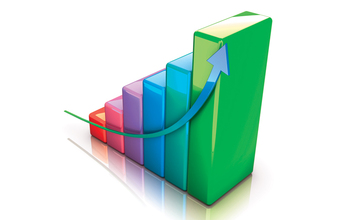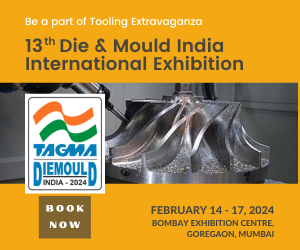
Indian goods producers predict output growth in the year ahead, with optimism boosted by advertising efforts and hopes of a pick-up in demand.
Economic growth in India's manufacturing industry was sustained in July. Companies scaled up production in response to a quicker upturn in factory orders. This, coupled with optimistic growth projections, underpinned job creation and an uptick in input purchasing.
As has been the case in 2019 so far, the sector continued to register a general lack of inflationary pressures. Both input costs and output charges increased at marginal rates that were broadly negligible in the context of historical survey data. Rising from 52.1 in June to 52.5 in July, the IHS Markit India Manufacturing Purchasing Managers' Index® (PMI®) was consistent with a further strengthening in the health of the sector. The latest reading was slightly higher than the average for calendar year 2018 (52.3), but below its long-run trend (53.9). Consumer goods producers led the upturn in July for the third month in a row, although there was also a stronger improvement in business conditions at intermediate goods makers. The capital goods sub-sector dipped into contraction, with lower sales causing reductions in output and quantities of purchases, while job creation came to a halt.
Aggregate manufacturing production in India increased in July, as has been observed on a monthly basis for two years. The rate of expansion was below its long-run average but improved from June.
The main factor boosting production was a sustained rise in new work inflows. Despite quickening from June, the pace of expansion was moderate in the context of historical survey data. New export orders also continued to rise, but here a slowdown in growth was noted. In fact, external sales rose to the least extent since April 2018 as factories took a hit from subdued global trade flows.
Commenting on the latest survey results, Pollyanna de Lima, Principal Economist at IHS Markit, said: "Following a slowdown in growth in the opening quarter of fiscal year 2019/2020, some momentum was regained in July. Measures for factory orders, production and employment improved in the latest month, although rates of expansion remained below trend. A similar pattern was evident for business confidence. "Survey participants linked the uptick in growth to a
pick-up in demand, mostly stemming from successful marketing efforts, competitive pricing and favourable public policies. We see from underlying data that the domestic market provided the main impetus to sales growth. International orders increased to the least extent in 15 months as manufacturers started to feel the effects of softer conditions in key destinations for their goods. "The relatively negligible increases in input costs and output charges, signalled by the PMI survey in July, suggest that we will likely see a further reduction in India's benchmark interest rate as the RBI continues its effort to support economic growth."
Indian goods producers predict output growth in the year ahead, with optimism boosted by advertising efforts and hopes of a pick-up in demand. The overall level of confidence was at a four-month high. Ongoing increases in demand, coupled with optimistic growth projections, encouraged companies to loosen the purse strings. Hiring continued in July and additional inputs were purchased.
The latter saw a slowdown in growth and the former an acceleration. July data pointed to mild capacity pressures among goods producers, with outstanding business increasing for the first time in three months despite expanded workforces. Trends for inventories remained mixed, with growth of stocks of purchases contrasting with a decline in holdings of finished goods. The rise in pre-production stocks stemmed from greater buying activity, while the drawdown of finished goods inventories reflected efforts to fulfil sales.
Input costs increased slightly in July as higher prices for steel, chemicals, cotton and freight were partly offset by lower charges for base oil, copper and plastics. The overall rate of inflation was at a three-month low and well below its long-run average. Output charges rose marginally in July, following reductions in each of the two previous months.
Source: IHS Markit.





































